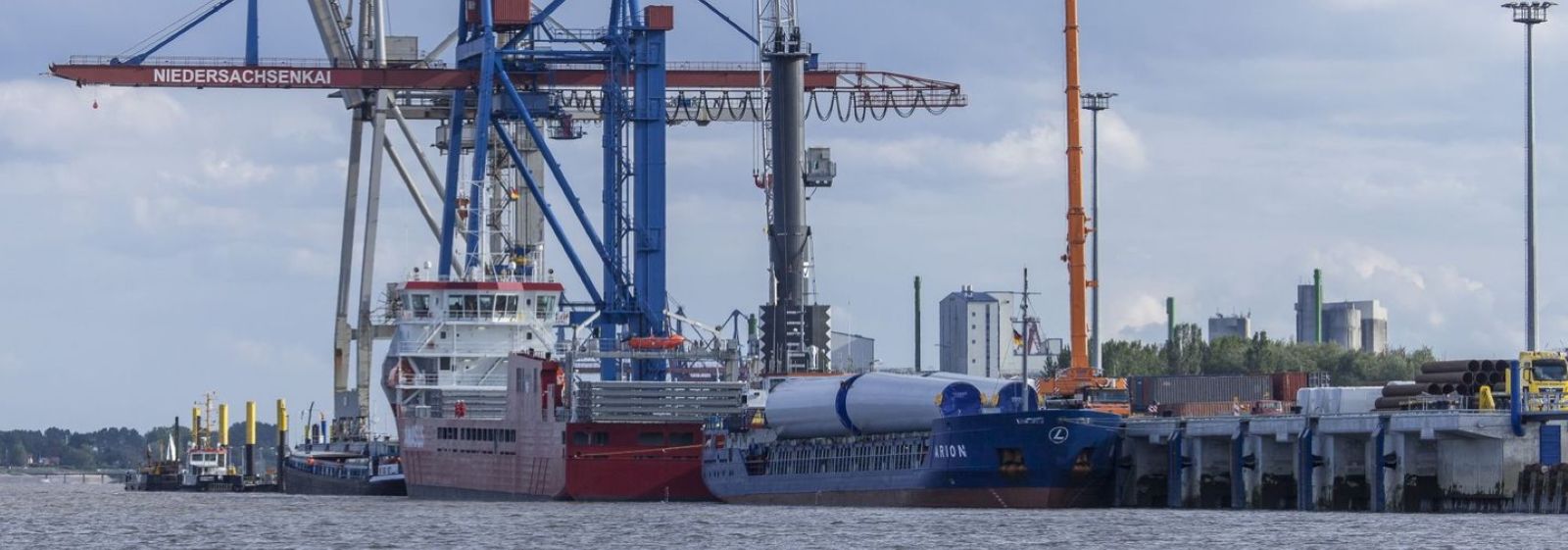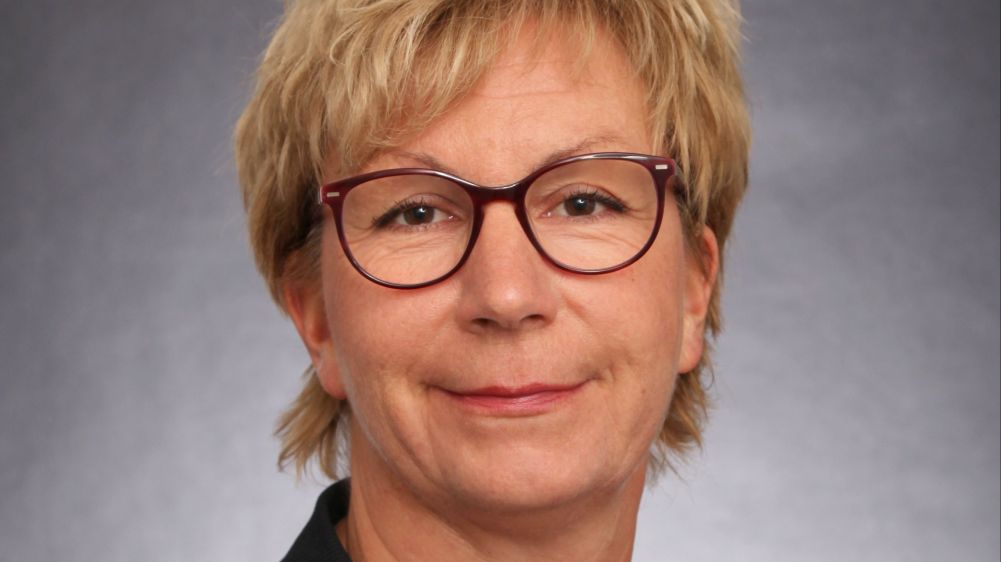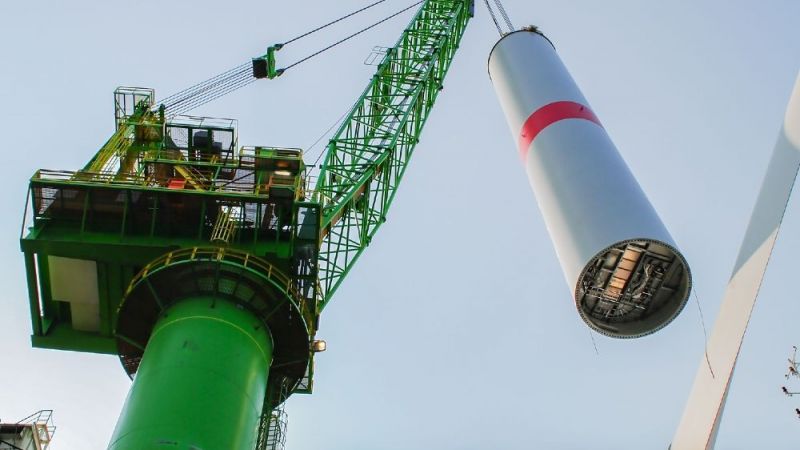
Silke Eckardt Wind power
Recycling offshore wind farms in an environmentally friendly and safe way
Ms Eckardt, the dismantling of wind turbines at sea and the recycling of the components is certainly extremely complex. Can you name the biggest challenges that wind farm operators have to face?
Sure. Just in advance: The offshore wind power industry sees itself as an essential part of the energy transition. It wants to achieve affordable electricity prices and high environmental standards. The challenges can be easily derived from this self-image: Dismantling should be cost-effective, environmentally sustainable and safe. And very important: Society should agree to this. This requires good dismantling, logistics and recycling concepts. Concrete questions arise, for example, regarding legal requirements, suitable ships and the necessary port infrastructure for temporary storage or preparation for the subsequent recycling of construction materials.
You and your scientific team at Bremen University of Applied Sciences solve these tasks together with partners from various industrial companies. Who contributes which expertise?
With our alliance partners Deutsche Windtechnik Repowering (DWT), Nehlsen and the Offshore Wind Energy Foundation as well as our associated partners Vattenfall Europe Windkraft, EnBW Energie Baden-Württemberg and TenneT, we first of all have the expertise of the wind farm and grid operators at sea and their experience from the construction and operation phase of offshore wind farms on board. DWT and Nehlsen already have experience in the dismantling of onshore wind turbines. Furthermore we are supported by a large advisory board. This includes the German Federal Maritime and Hydrographic Agency as approval authority, but also logistics companies, port operators and auditing firms.
And what is the task of the Bremen University of Applied Sciences?
First of all, we coordinate the joint project. Furthermore, we deal with the documentation and modelling of the dismantling processes, that is, with the whole process from separating the components at sea, through logistics, to the recycling of the various materials. A major task is then to develop possible dismantling scenarios from the individual process steps. To do this we first need a lot of data. And we have to develop a method that can map this holistic approach.
What do you personally find exciting about the research project?
First and foremost the complexity of the issue. In addition to analysing the dismantling processes, we want to evaluate the various dismantling scenarios. Only then can we represent and take into account any different interests that may arise.
The costs of dismantling and recycling must be included by the wind farm operators in their calculated costs. Are there any estimates how expensive such dismantling is?
Yes, there is even concrete evidence of security deposits that must be submitted to the BSH by the offshore wind farm operators before the wind farms are built. The figures published so far by experts vary between 2 and 10 per cent of investment costs. In our project we are still at the beginning of the economic assessment. We assume that the figures will probably vary considerably depending on the wind farm and the chosen logistics concept.
SeeOff is funded by the German Federal Ministry of Economic Affairs and Energy (BMWi) with a total of 1.1 million euros for three years. What do you want to achieve in that time?
We have set ourselves four goals: First of all, we draw up a list of requirements for the various phases of dismantling. We then develop the aforementioned dismantling scenarios with various options from dismantling to disposal. Our most important result, however, will be the method under development, with which the different dismantling strategies can be compared and evaluated. Ultimately, we want to transfer our findings to upstream value-adding phases such as the operating, planning or even construction phase, for example by formulating statements on the recyclability of materials or substance compositions.
How can these research results be used in practice?
Our goal is to support wind farm operators in drawing up dismantling concepts and evaluating them holistically. We have already defined the criteria that we believe are necessary for this. We will publish our results in a manual. We would also like to support the offshore wind power industry, which is currently facing rough winds both economically and politically, in the discussion about dismantling and recycling. We noticed that the extent of the dismantling has also not yet been conclusively discussed between the various interest groups. We will continue to pursue this topic in the project.
The interview was conducted by Ilse Trautwein, science journalist at Project Management Jülich.
Prof. Dr.-Ing. Silke Eckardt is project manager of the research project "Strategy development for the efficient dismantling of offshore wind farms - SeeOff". At Bremen University of Applied Sciences, she heads the master's programme "Sustainable Energy and Environmental Systems". She has been Vice-Dean of the Faculty of Architecture, Civil and Environmental Engineering since 2018. Prior to this, Silke Eckardt worked for many years in various positions in the energy and waste management industry. She studied environmental technology at Technische Hochschule Lübeck and received her doctorate from TU Dresden.



